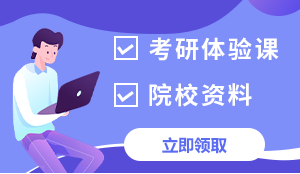雷哥考研 > 题库 > 2020年管理类联考英语(二)真题卷 > 阅读理解A
Text 3 Madrid was hailed as a public health beacon last November when it rolled out ambitious restrictions on the most polluting cars. Seven months and one election day later, a new conservative city council suspended enforcement of the clean air zone, a first step toward its possible demise. Mayor José Luis Martínez-Almeida made opposition to the zone a centrepiece of his election campaign, despite its success in improving air quality. A judge has now overruled the city’s decision to stop levying fines, ordering them reinstated. But with legal battles ahead, the zone’s future looks uncertain at best. Among other weaknesses, the measures cities must employ when left to tackle dirty air on their own are politically contentious, and therefore vulnerable. That’s because they inevitably put the costs of cleaning the air on to individual drivers—who must pay fees or buy better vehicles—rather than on to the car manufacturers whose cheating is the real cause of our toxic pollution. It’s not hard to imagine a similar reversal happening in London. The new ultra-low emission zone (Ulez) is likely to be a big issue in next year’s mayoral election. And if Sadiq Khan wins and extends it to the North and South Circular roads in 2021 as he intends, it is sure to spark intense opposition from the far larger number of motorists who will then be affected. It’s not that measures such as London’s Ulez are useless. Far from it. Local officials are using the levers that are available to them to safeguard residents’ health in the face of a serious threat. The zones do deliver some improvements to air quality, and the science tells us that means real health benefits—fewer heart attacks, strokes and premature births, less cancer, dementia and asthma. Fewer untimely deaths. But mayors and councilors can only do so much about a problem that is far bigger than any one city or town. They are acting because national governments —Britain’s and others across Europe – have failed to do so. Restrictions that keep highly polluting cars out of certain areas—city centers, “school streets”, even individual roads – are a response to the absence of a larger effort to properly enforce existing regulations and require auto companies to bring their vehicles into compliance. Wales has introduced special low speed limits to minimize pollution. We’re doing everything but insist that manufacturers clean up their cars.
35. It can be inferred from the last paragraph that auto companies _____.
- 雷哥网解析
- 网友解析
题目讨论 (0条评论)

















 预约成功!
预约成功!
















